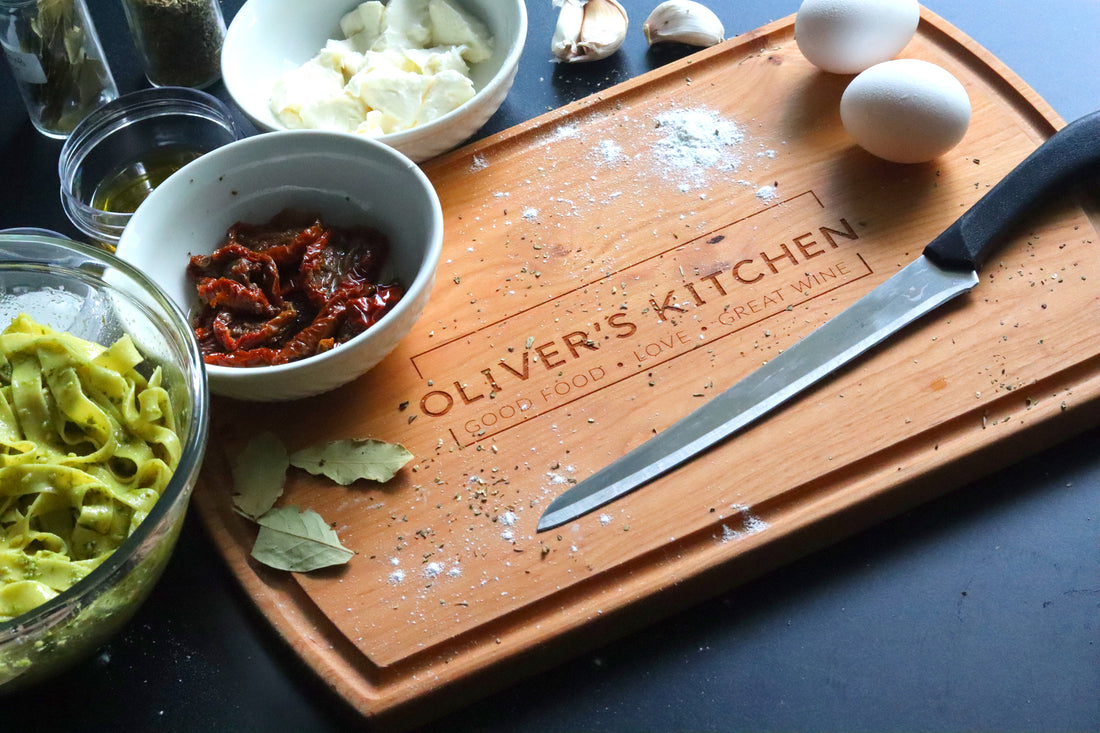|
We'll never say it enough; cutting boards are staples in the kitchen. It is a tool no one can live without, no matter if it is the 10 years old cook-to-be or a renowned chef in a fancy restaurant. It will protect your countertops and surfaces from cuts and gouges and stains. However, there are a few security advices to follow when it comes to food manipulation and cutting boards to avoid food poisoning or cutting yourself. Use a Wood Cutting Board at All Times Every time you need to cut food, use a wood cutting board. Not only will it protect your countertops from knife marks and stains, it will also provide you a flat and stable working surface. You need to make sure there is nothing under it, such as another utensil or food that would make it rickety or unsteady. Also, cutting boards with a juice groove will collect the juices from the food or meat you're slicing. This simple thing will prevent food from slipping on the board, allowing you to cut more precisely and lowering the risk of cutting your fingers instead of your food. Sharpen Your Knives Blades Often Most of the time cutting boards are used at the same time as knives. Owning good quality knives is not enough; they also need some maintenance to perform well. A dull knife will crush victuals before cutting them, making presentation more challenging. Not only it won't work properly, it will also require more force to finally chop what you want to, increasing the risk for injury, especially if your cutting board is wet from the juices of the food you're preparing. It is the main reason why everybody needs to learn a few basics about knife maintenance, such as hand-cleaning and drying them after each use, taking them to a professional for sharpening once in a while, or learning to do the deed yourself. There are also plenty of kitchen gadgets that are sold in kitchen supplies and hardware stores to make your blades like new. Clean Your Board Every Time You Use It Of course! That one is a no brainer. Plastic cutting boards can be shoved in the dishwasher. But NOT wooden cutting boards! They should never be submerged in water either. Wood cutting boards need to be scrubbed with soapy warm water and air dried. Another precaution to be taken is to pay attention to the food you're cutting on it. It is always handy to have a few boards available, to avoid cross-contamination. For example, if you cut poultry or fish on a board, you will need to wash it before cutting anything else on it to avoid the bacteria from the raw meat to transfer on your veggies (or fruits). Also, if you cut onions or mince a garlic bulb on your board, you'll prefer switching to another board so the stronger flavor of those does not transfer to other foodstuff. |

